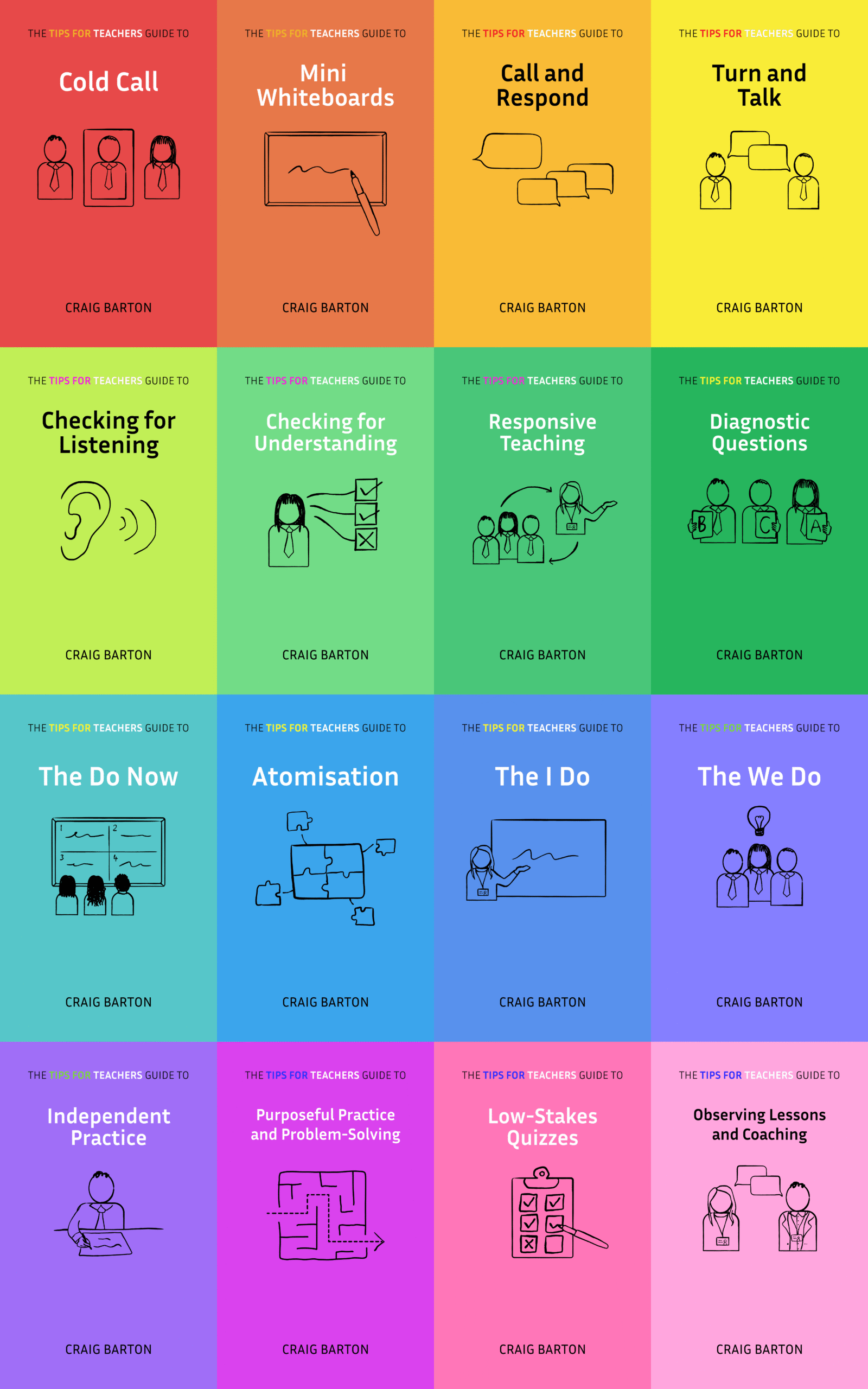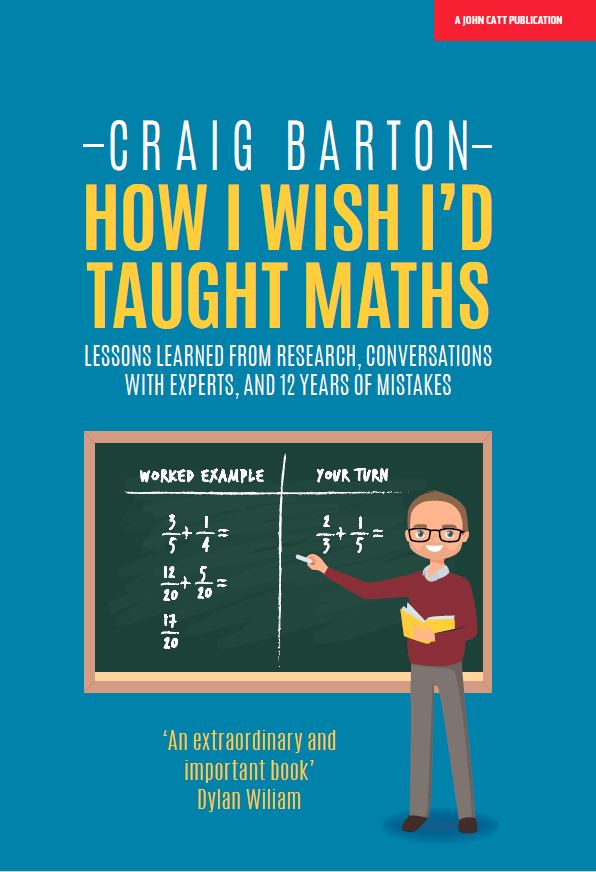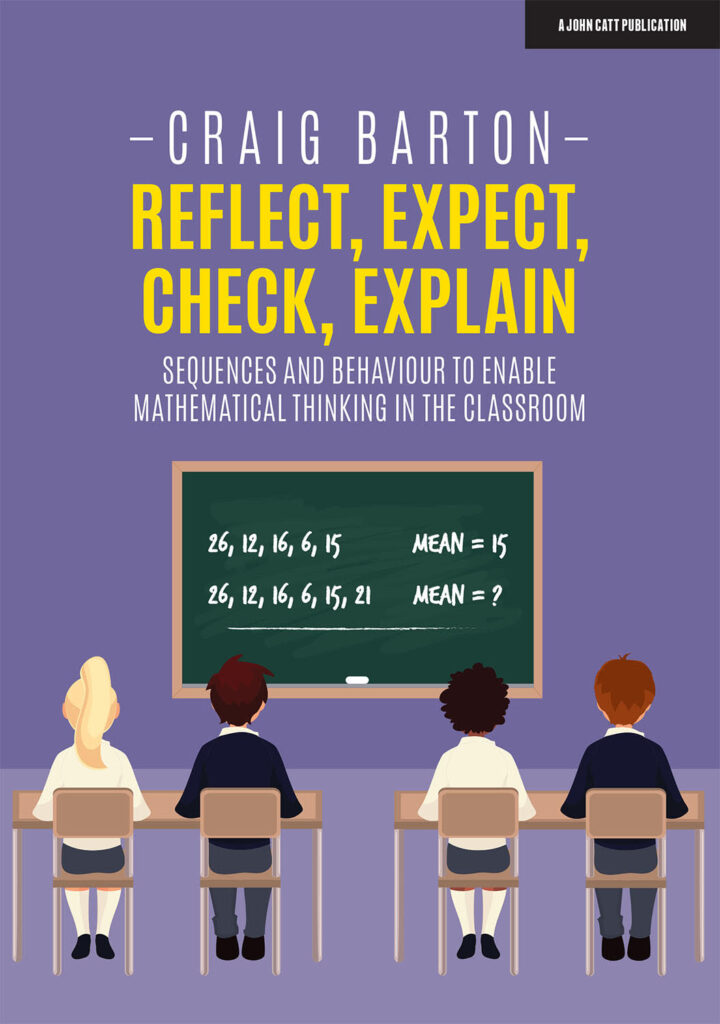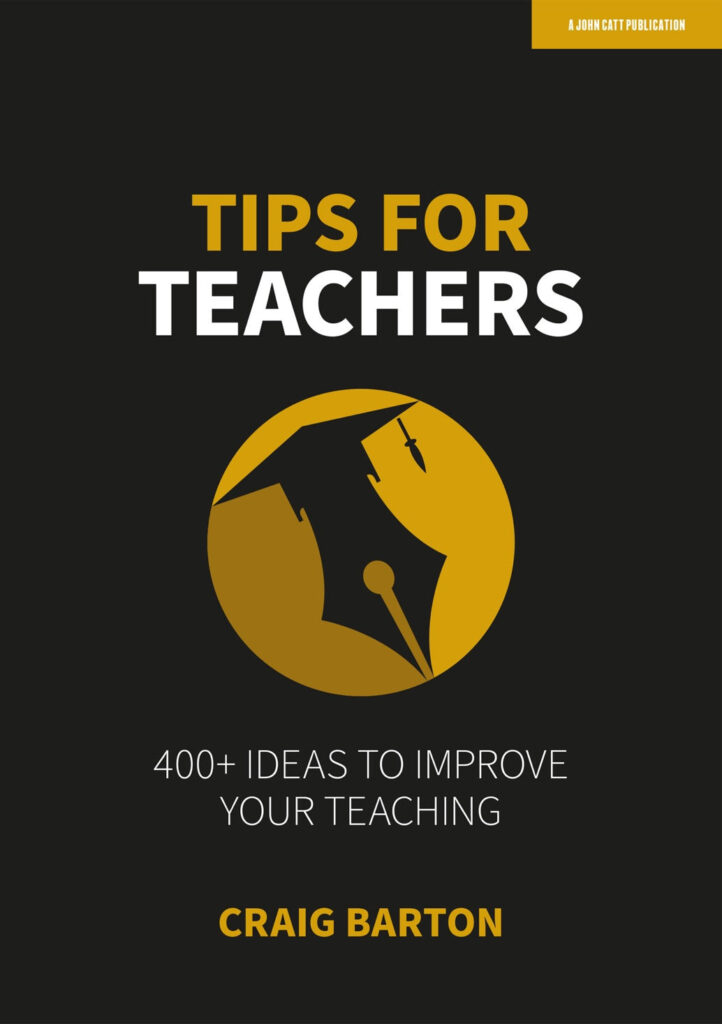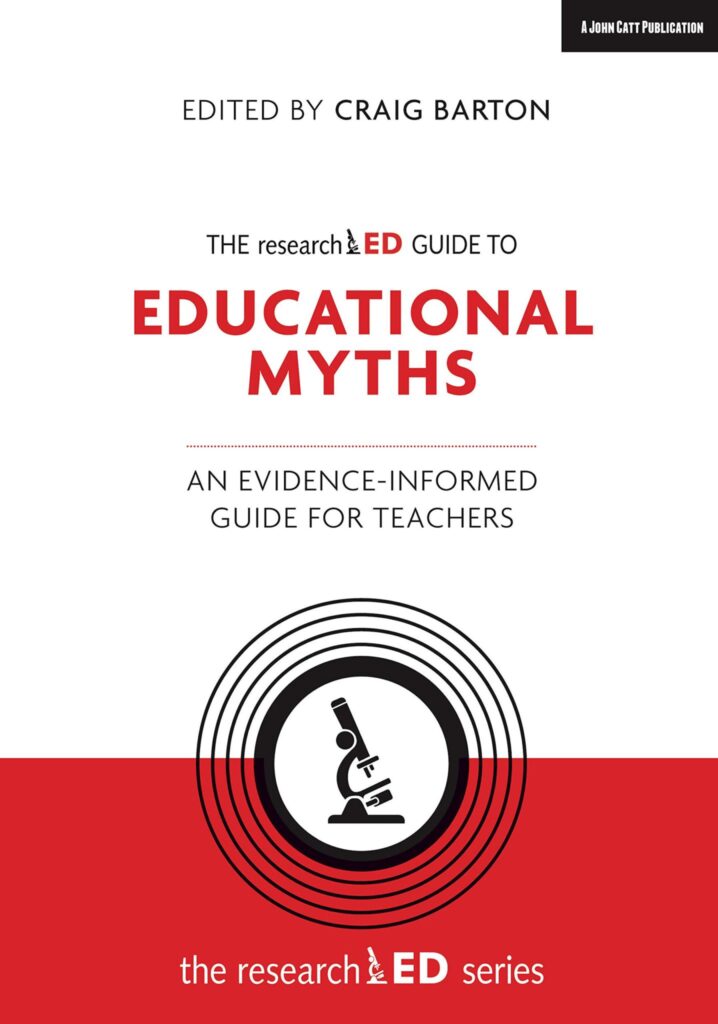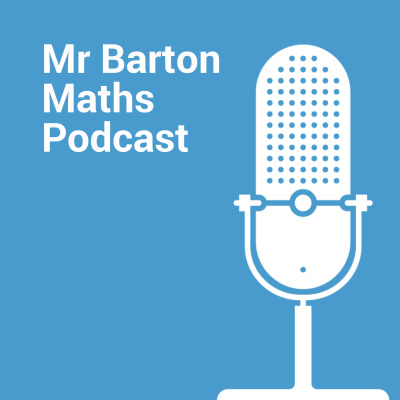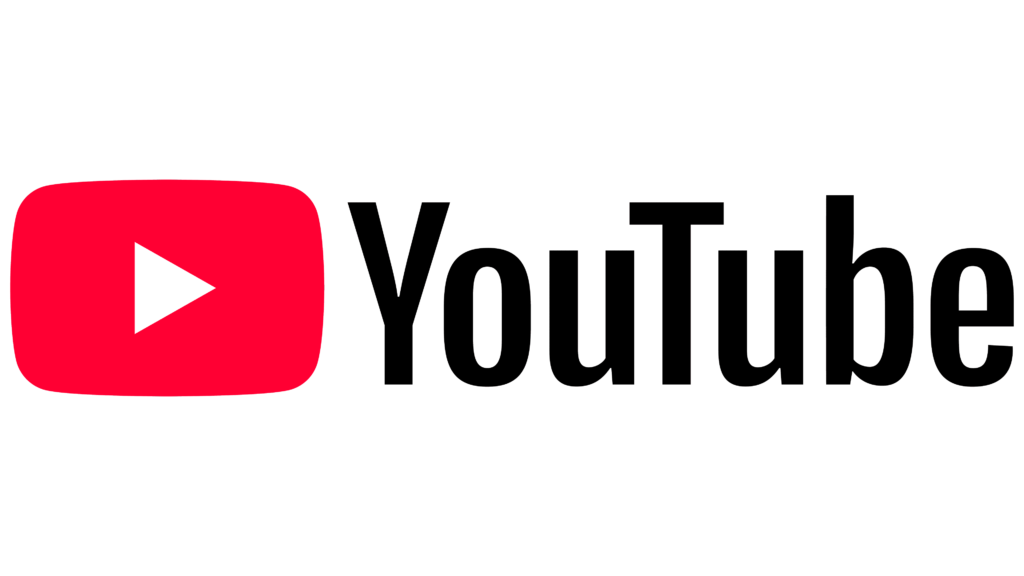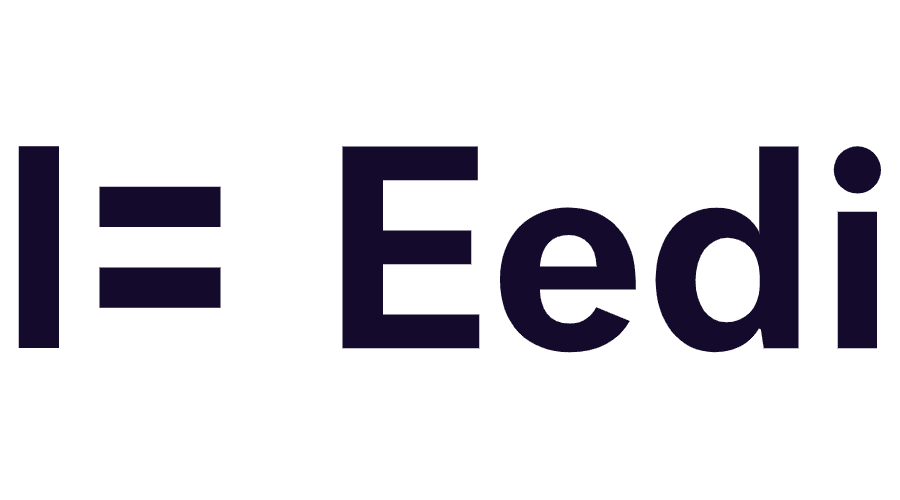Summary
This YouTube transcript discusses backwards planning in education, a teaching method that starts with the desired learning outcomes (like exam questions) and works backward to determine the necessary curriculum and teaching strategies. The speaker advocates for using past exams to identify key concepts and skills, ensuring students are prepared for assessments. The video also explores extending this approach beyond exam preparation, considering the broader life skills students should acquire. It raises questions about the relevance of specific curriculum topics, suggesting a need to prioritize learning based on real-world application and opportunity costs. The speaker concludes by applying this backwards planning to individual lessons, emphasizing the importance of sequencing concepts and creating bite-sized learning chunks.
What are the implications for teachers?
Backwards planning has several implications for teachers, particularly in the context of high-stakes exams, curriculum design, and lesson planning.
- Focus on the Exam: For teachers in high-stakes exam scenarios, backwards planning means starting with a thorough analysis of past exams. This involves identifying the types of questions asked, the level of difficulty required, and the key concepts that are assessed.
- This approach allows teachers to understand the specific demands of the exam and tailor their teaching to meet those requirements.
- By examining past exams, teachers can determine the level of capability students need and teach directly to that.
- The teacher can use past exams to guide their teaching, rather than relying solely on the textbook or curriculum.
- Curriculum Design: Backwards planning can also be applied to broader curriculum design, extending beyond exam preparation.
- It involves considering the goals of education, such as preparing students for life, and then determining what knowledge and skills are most valuable for students to learn.
- Teachers can use backwards planning to assess whether the topics they teach are the best use of students’ time, given that education is about opportunity costs.
- By working backward from the desired outcomes (e.g., life skills), teachers can ensure that the curriculum is relevant and meaningful for students.
- Lesson Planning: The concept of backwards planning can be applied to individual lesson planning, where teachers can start by considering what they want students to achieve by the end of the lesson and then plan the learning sequence to achieve that goal.
- This approach ensures that each lesson is focused on a specific learning objective and contributes to the overall learning goals.
- By thinking about the end goal of a lesson, teachers can break down complex concepts into smaller, manageable steps.
- Experienced vs. Inexperienced Teachers: Experienced teachers tend to naturally incorporate backwards planning, due to their experience with a course over many years, which allows them to know what to emphasize, whereas inexperienced teachers may start with a textbook and not know how that maps to what students need for the exam.
- Dealing with New Specs: If a new exam spec is released, teachers may have a dilemma on how to proceed, because they won’t have a large sample of past papers to analyze, and will need to decide whether to base their teaching on the limited sample or whether to teach the way that has always been done and hope it still works.
In summary, backwards planning is a versatile approach that can help teachers focus on specific learning outcomes, design relevant and meaningful curricula, and plan effective lessons.

